Up Next

The tale of the tape at Alfa Romeo in the first half of the 2021 Formula 1 season paints a misleading picture, for while Kimi Raikkonen is still capable of sharp race-day performances he is often battling a key limitation.
The official numbers show Raikkonen only trails team-mate Antonio Giovinazzi 7-4 in qualifying and makes up for that with a superior race record.
But this doesn’t tell the full story. Until the Hungarian Grand Prix Raikkonen hadn’t beaten Giovinazzi in a straight fight in qualifying.
Giovinazzi cannot be excused entirely – he must take responsibility for his crash in Azerbaijan Grand Prix qualifying – but being impeded on his second flying lap in Q1 at Imola cost Giovinazzi a likely internal qualifying victory.
And he also outqualified Raikkonen at the British Grand Prix but in F1’s official records, Raikkonen is credited with the head-to-head win because he beat Giovinazzi in the sprint race – which set the grid for the grand prix.
That’s why, as explained earlier in the season here, Raikkonen’s qualifying weakness was even identified by Alfa Romeo as “priority number one”.
Heading into the summer break, it could be argued that Raikkonen has only once got the better of Giovinazzi in qualifying on merit. So, was Hungary a turnaround, given Raikkonen edged Giovinazzi in a decent Q2 performance to end qualifying 13th-fastest – his best single-lap effort of the season?
It’s inconclusive, according to those involved.
“We will wait for the next one but we hope we have both cars in Q2 at the next race in Spa,” says Alfa’s Xevji Pujolar when asked if Raikkonen’s qualifying issues were fixed.
“We’ve got some time to think about it now and to prepare better so that’s what we will do.”
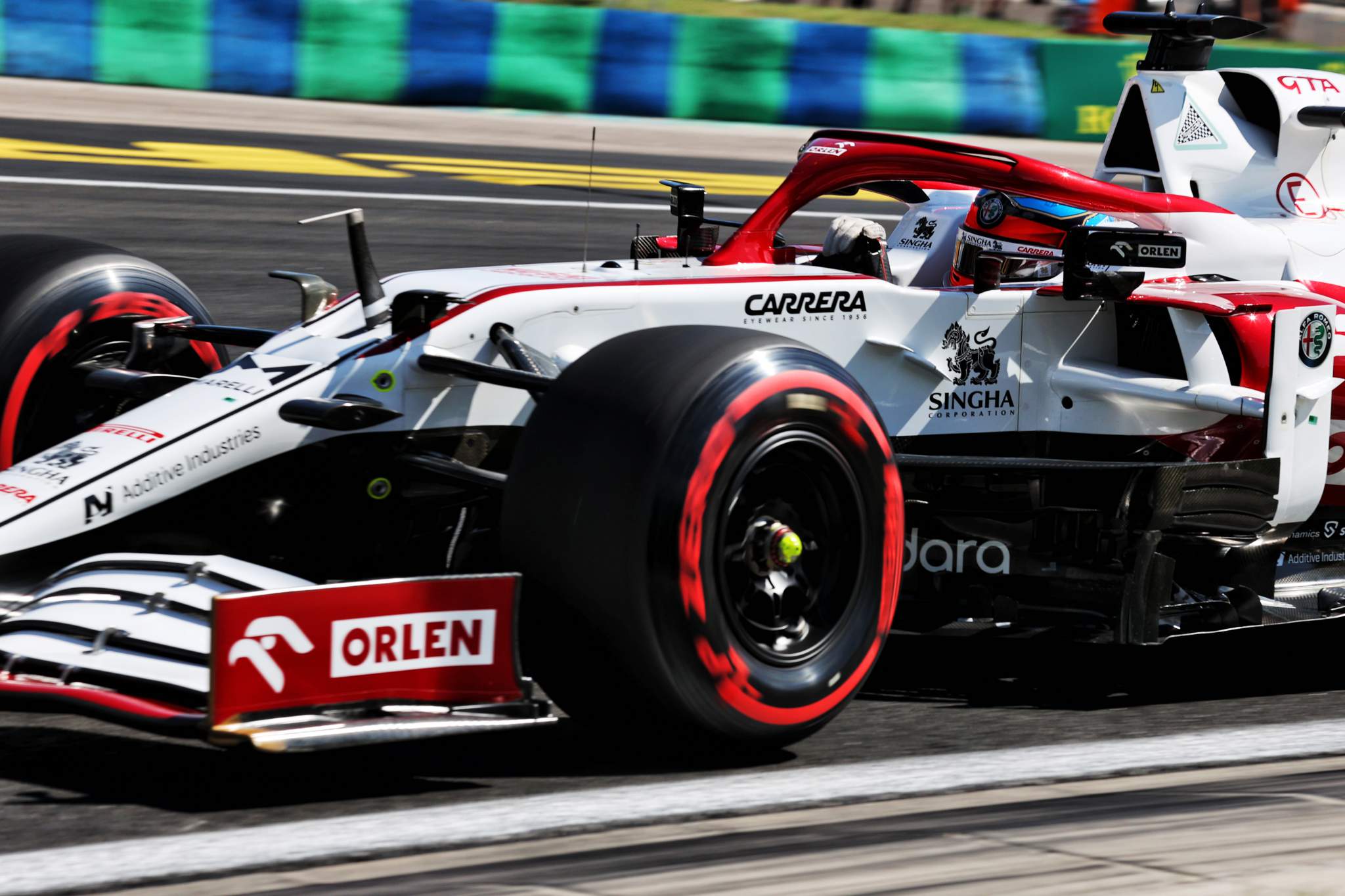
As for Raikkonen himself: “It wasn’t much better than before. It’s a few places, but it doesn’t completely change the picture for the race.”
This is initially just Raikkonen being typically phlegmatic. How often at Alfa Romeo have we heard him say a variant of “11th is not really different to 20th” on the basis that neither position offers points? Or something like that.
However, after Hungarian GP qualifying Raikkonen did have the air of a driver who believed the end result had changed but nothing else about the process had.
The same car limitations seemed to exist and the same frustration was there too.
“As a position it is better, but it’s still a difficult weekend getting the car where we want,” he continued.
“It was definitely better, there were some laps that were OK. But the more we tried to get out of it, the more issues it tend to create and the more on the limit [it was].
“The last lap definitely wasn’t fun. It was, at high speed, on the nose.”
Raikkonen reckoned the race would be better because “you are never going to push that hard on the race distance” but it’s not a vote of confidence in an underlying improvement if the best qualifying performance of the season is met with a feeling of stagnation.
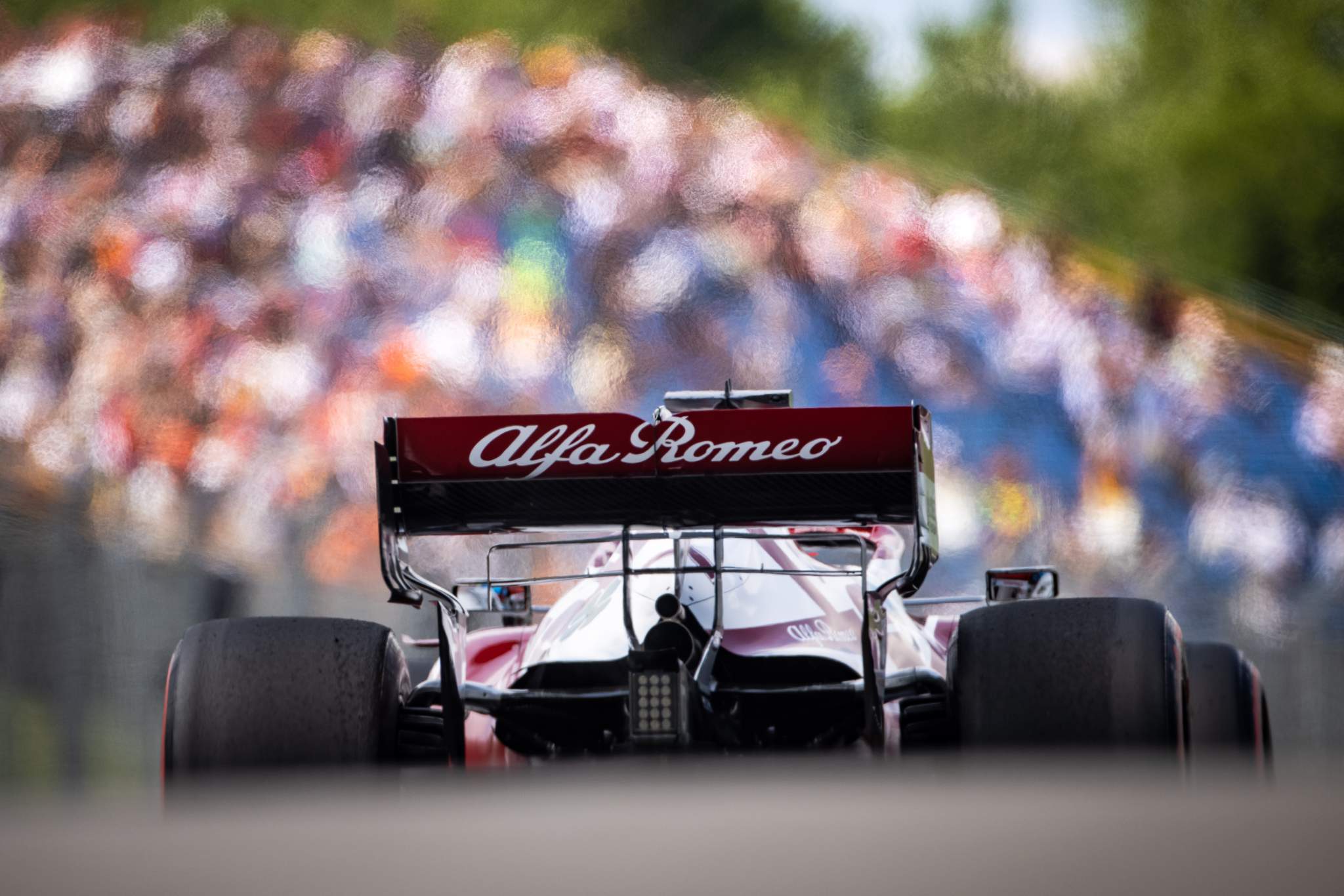
“I can push less and do the same laptime,” Raikkonen said. “I push more, I create the same laptime.
“I just create different issues.”
For the team and driver that’s a concern. Pujolar reckons this was specific to the conditions in Hungary and a legacy of high track temperatures making the tyres “more fragile”.
“Probably if you are a top team with a certain level of downforce it is a bit easier but for us it becomes a bit trickier sometimes and we just need to deal with it,” he says.
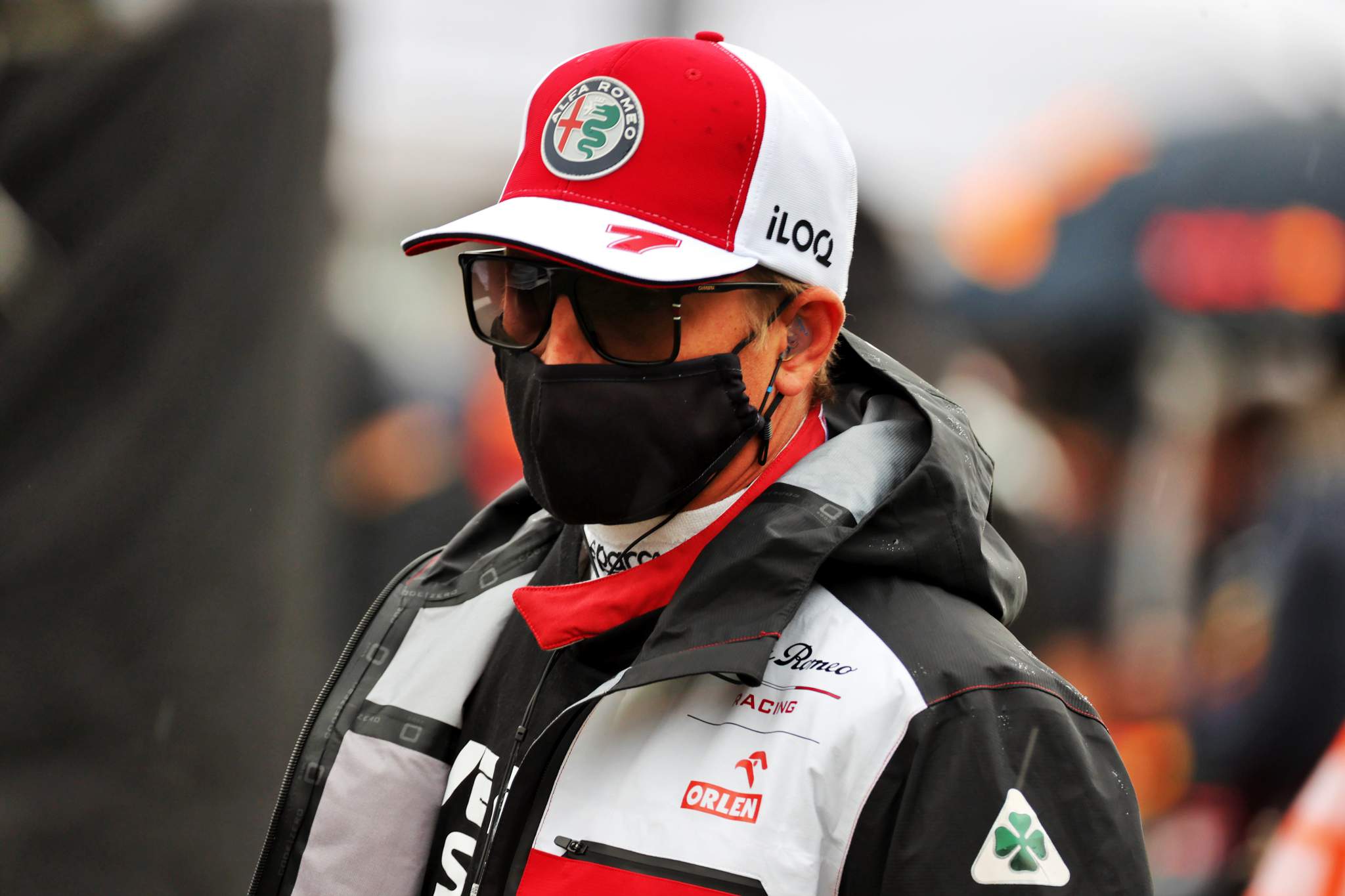
Raikkonen did a decent job of exactly that in Hungary but unless there is a new trend after the summer break it will be the exception that proves the rule.
He has an average qualifying position of 15.5, with only five Q2 appearances and six Q1 exits. By any measure he’s most likely to fill up one of the Q1 slots on Saturday and get knocked out early.
And the answer cannot simply be that the car needs to be made faster, otherwise Giovinazzi wouldn’t have made it out of Q1 nine times – even getting into Q3 in Monaco – and have an average qualifying position of 14.1.
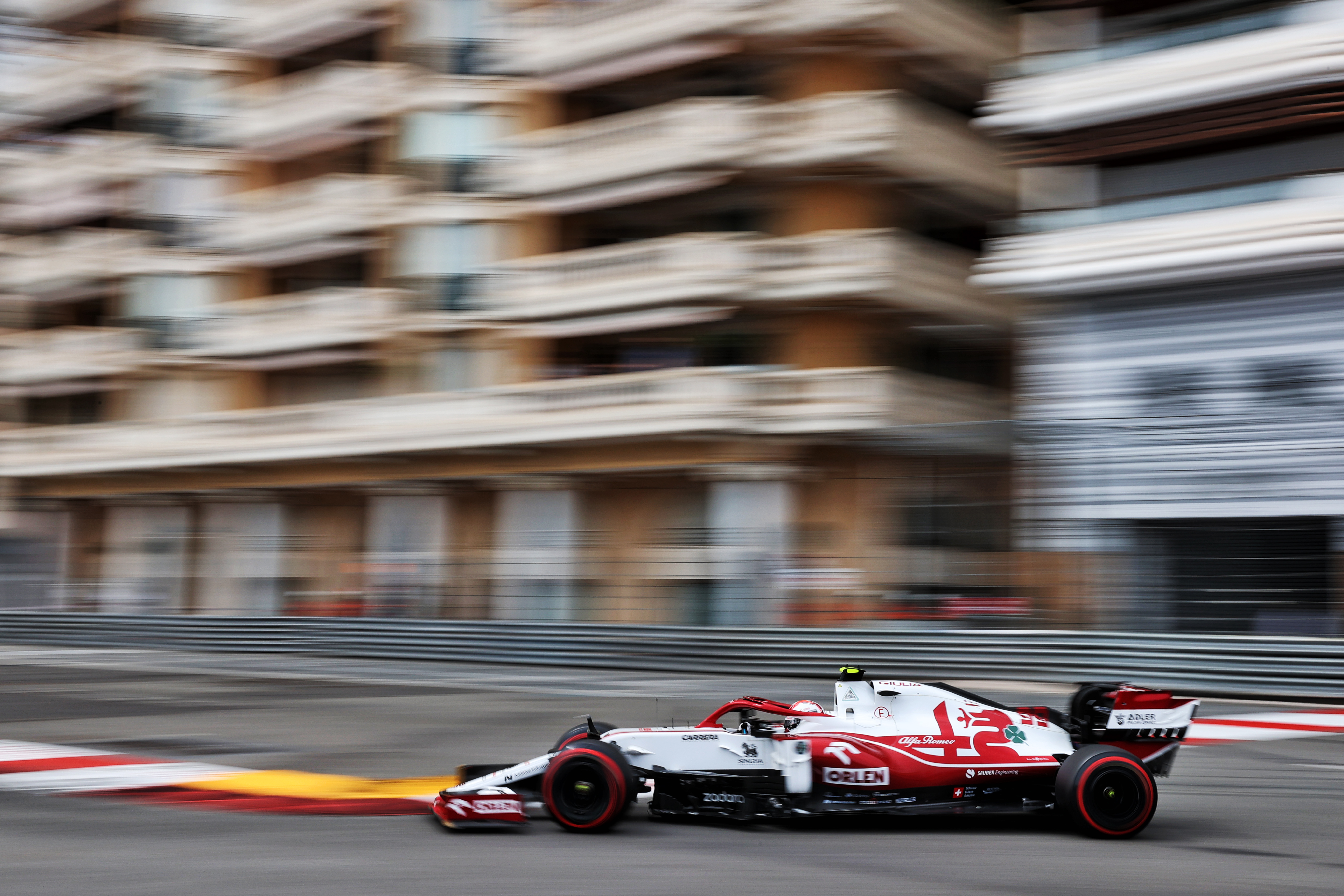
Raikkonen’s Sunday performances, and often combative opening laps, are doing a decent job of balancing that out. But as Edd Straw outlined a couple of races ago, in an Alfa Romeo and in F1’s tight midfield, it requires both qualifying and the race to be executed well to be able to score points in a normal grand prix.
Ironically, Raikkonen’s qualifying peak in Hungary should have married beautifully with the chaos that unfolded at the Hungaroring the following day. On that occasion the team’s operational procedures let him down in the pitstops, releasing him into Nikita Mazepin’s Haas and picking up a penalty.
He inherited a point in the race anyway thanks to Sebastian Vettel’s penalty but without the pitlane blunder, Raikkonen would have surely been well-rewarded for a 2021 best on Saturday with more on Sunday.
The key question for Raikkonen and Alfa Romeo is whether Hungary was the first fruits of the team’s labour in trying to soothe the one-lap difficulties that have plagued Raikkonen this season.
Raikkonen’s comments didn’t inspire tremendous confidence. He still sounded like a driver bumping up against the same invisible ceiling – it was just slightly higher than before.
But if that can be repeated, Alfa Romeo might be able to live with it.
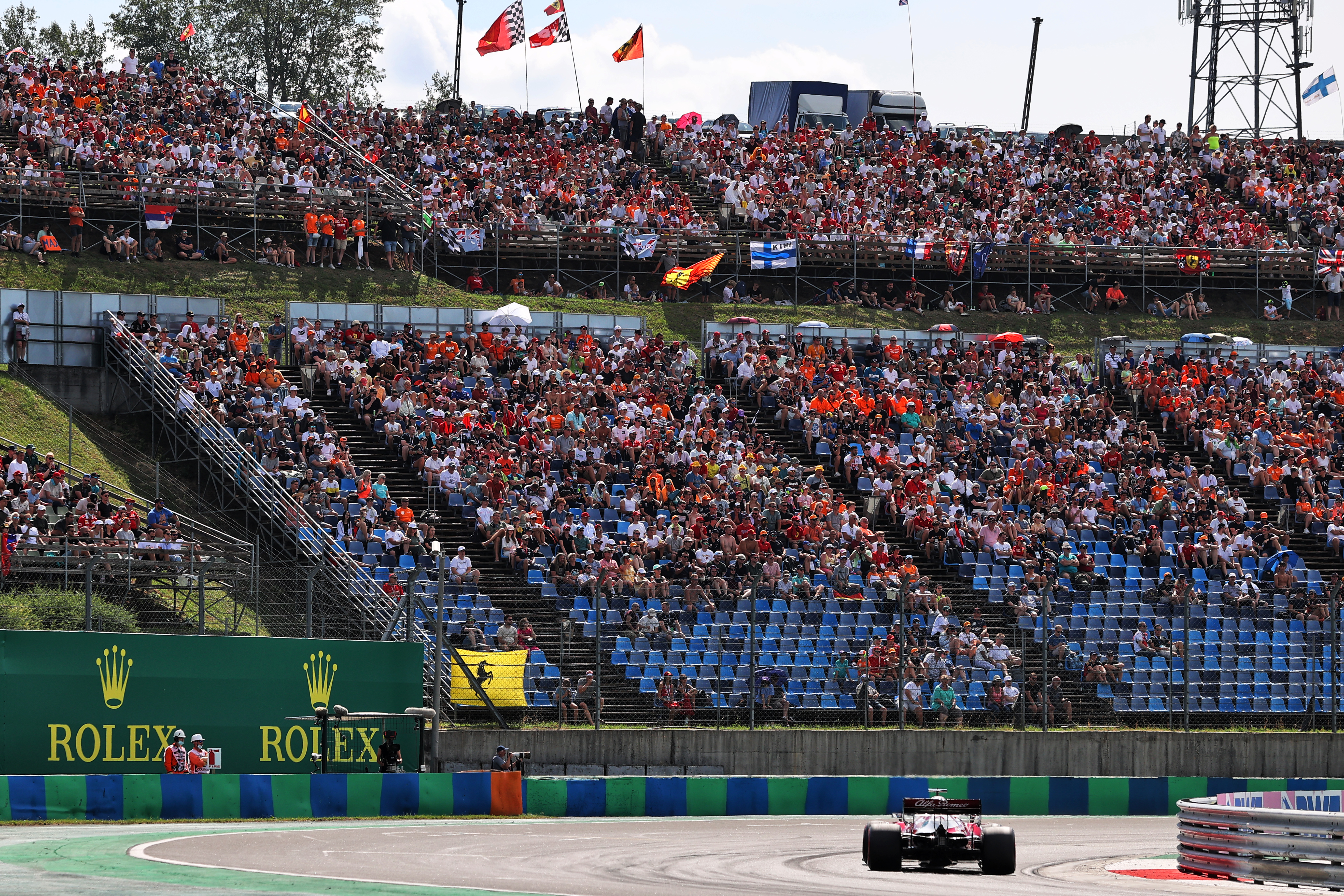
Even if Raikkonen is experiencing the same frustration of not being able to try harder, or try anything different, because it just creates “different issues” – it’s better to be in that position and line up 12th or 13th than it is get knocked out in Q1.
The Hungarian GP didn’t hide Raikkonen’s main limitation this year. But it did hint that it might at least be mitigated.






